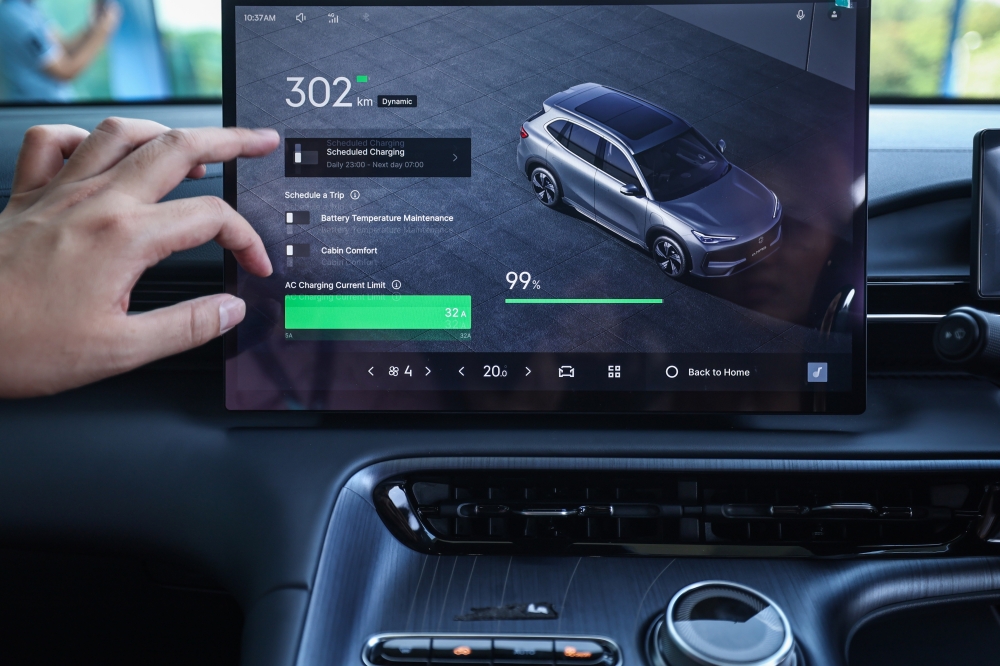4X Better Than Humans: Microsoft’s New AI Model Outperforms Doctors In Complex Medical Cases
BENTONG, May 17 — For many people considering a switch from a petrol-powered car to an electric vehicle (EV), the biggest deterrent is range anxiety or the fear of running out of power before reaching their destination or finding a charging station.
Proton New Energy Technology Sdn Bhd (Pro-Net) chief brand officer Salawati Mohd Yusoff said concerns about travel distance are common among individuals not yet familiar with driving EVs, especially since the technology is still new in the local market.
However, she said, today’s EVs come with the latest software capable of helping drivers plan their journeys more efficiently, thereby reducing the risk of running out of battery mid-trip.
Pro-Net, a fully-owned subsidiary of Proton, was established to spearhead sales and distributorship of smart vehicles in Malaysia.
“For example, our company’s Proton e.MAS 7 comes with technology that can tell you how much power and kilowatts, as well as how far the vehicle can still go – whether it can reach the destination or needs charging. For this model, the WLTP (Worldwide Harmonised Light Vehicles Test Procedure) range is between 345 km and 410 km.
“For instance, if someone wants to travel to Ipoh (Perak), when they enter the destination in the system, it will inform whether the car can make it or not (to the destination). If it can’t, it will show how many kilometres short and suggest the nearest charging station along the route. From there, users can plan and charge at an available location,” she said when met by Bernama during The Real eMAS Drive at Tiarasa Escapes here recently, an event organised by Pro-Net.
Salawati said using an EV can be likened to using a smartphone, where users need to charge it after a certain period of use to avoid running out of power.
She also said although most EV charging stations are concentrated in urban areas like Kuala Lumpur, Selangor, Penang and Johor Bahru, it is not a problem for people living in rural areas to use the vehicle as customers can charge it at home.
“Generally, 80 percent of EV buyers are from urban areas and 20 percent – or maybe slightly less than 20 percent – are from outskirts, but actually, they can still use it in rural areas. It just requires a little bit of understanding about where the charger is and how to reach it.

“There are hundreds of chargers all over Malaysia even on the east coast in Kelantan and Terengganu. Home charging is also possible for those living in landed properties, whether in urban or non-urban areas,” she added, noting that EV maintenance costs are lower compared to internal combustion engine (ICE) cars.
EV user Rosmah Idayu Abu Samah, 48, said although she lives in a condominium and, hence, not able to have her own charger at home, she still believes her decision to switch to an EV about a year ago was the right one.
“There’s no problem living in a non-landed home and using an EV. For me, I usually charge my car for about 30 minutes at a charging station near my house ... sufficient for me to commute between Damansara and Shah Alam for about four days. It’s also more economical than using petrol, costing only about RM30 per charge.
“Another thing is that your driving style affects energy usage too. If you drive more aggressively, it uses more power. For me, EVs are not meant for fast driving but for consistent, steady driving without rushing,” said Rosmah Idayu, who has driven her EV to Desaru, Johor, and Penang without any issue. — Bernama